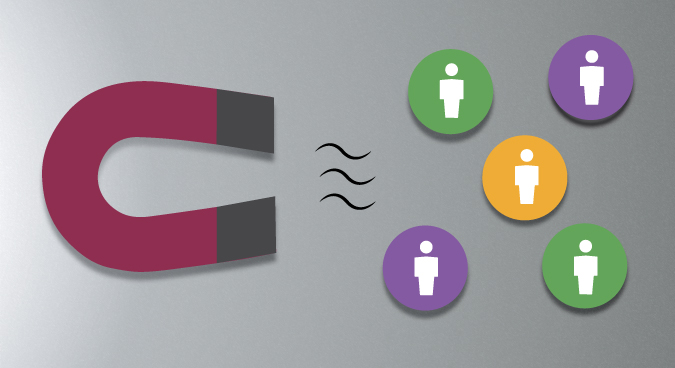It’s been a couple years since my college friend group and I graduated Butler, so this past weekend we all reunited in Indianapolis. Besides tuning into the Butler game and exploring the shops on Mass Ave, no one could return home without hibachi from our favorite restaurant: Tomo. It didn’t matter that we had been there for countless birthday gatherings or other special occasions throughout college; you couldn’t pay us to go to another hibachi place in town. It takes 15 people to fill the table surrounding the flattop grill, so we even invited five newbies to tag along. Luckily for Tomo, that meant zero advertising or promotion needed to persuade the 15 of us to eat at their restaurant. The great food, customer service, and overall experience is what kept us coming back time after time.
Customer retention is important for any business, as it is easier to sell to a repeat customer than it is to a potential prospect or new customer. Not only is it easier, but it’s a heck of a lot cheaper as well. Customer retention becomes even more important for B2B marketers, as they have a small customer base to begin with. Their very business model depends on bulk and repeat purchases from a fixed and stable customer base (rather than on one-off small and/or daily transactions).
B2B marketers also face the challenge of understanding customer expectations. However, once they understand those expectations, they can exceed them by deploying various engagement tactics that complement the lifecycle journey. Some ways to do this include:
- Focus on the value you provide: While it is important to focus on the quality or price of the products, it is critical to emphasize how the product would fulfill the consumer’s pressing needs.
- Turn customer complaints into sales possibilities: Many marketers understand the importance of strong customer service to resolve problems, after the customer makes the purchase. Customers do tend to repurchase when their problems are resolved quickly. However, marketers need to take every opportunity that presents itself to try and convert such customer service or troubleshooting opportunity into new sales possibilities, and to pull the customer back to the product exploration phase in the customer lifecycle.
- Cross-sell, up-sell: Utilize customer support and other opportunities to engage with customers for up-selling, cross-selling and other ongoing promotions.
- Don’t forget to analyze: Many marketers confine analytics to lead generation activities. The scope of analytics is broad and may apply to ensure customer retention as well. For instance, marketers may apply analytics to discern buying patterns of regular customers, or identify subtle shifts in behavior that may indicate the customer moving away, and engage them with appropriate promotions and offers. Such offers and promotions may itself be part of a structured loyalty program aimed at engaging existing customers.

